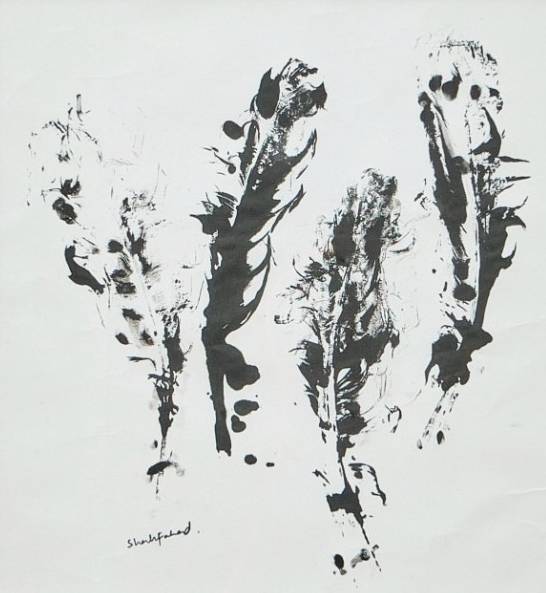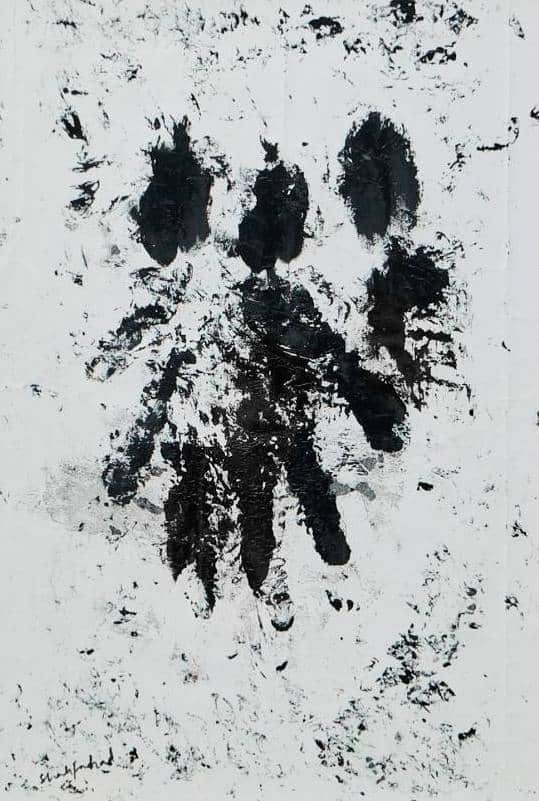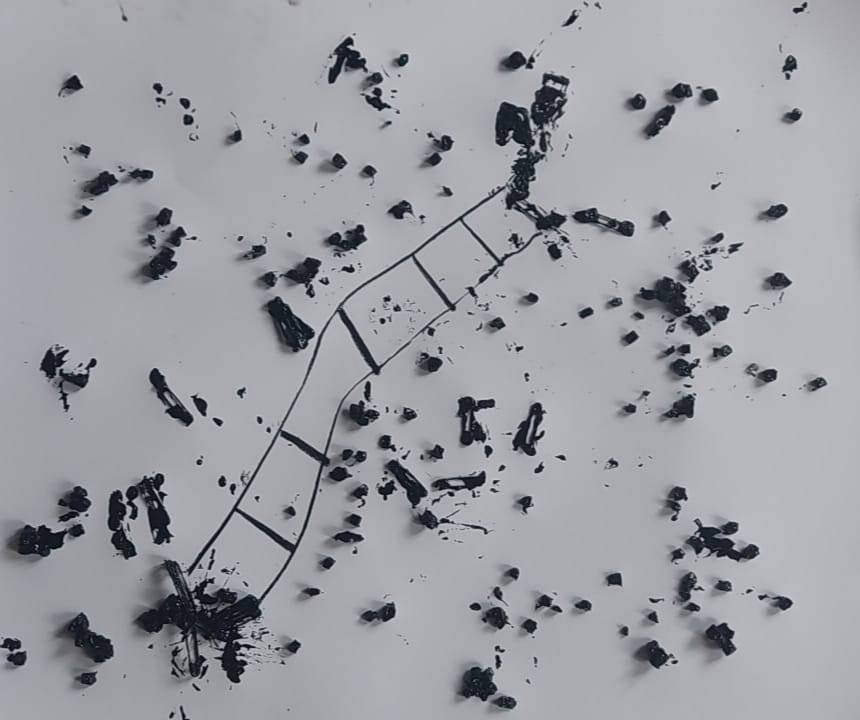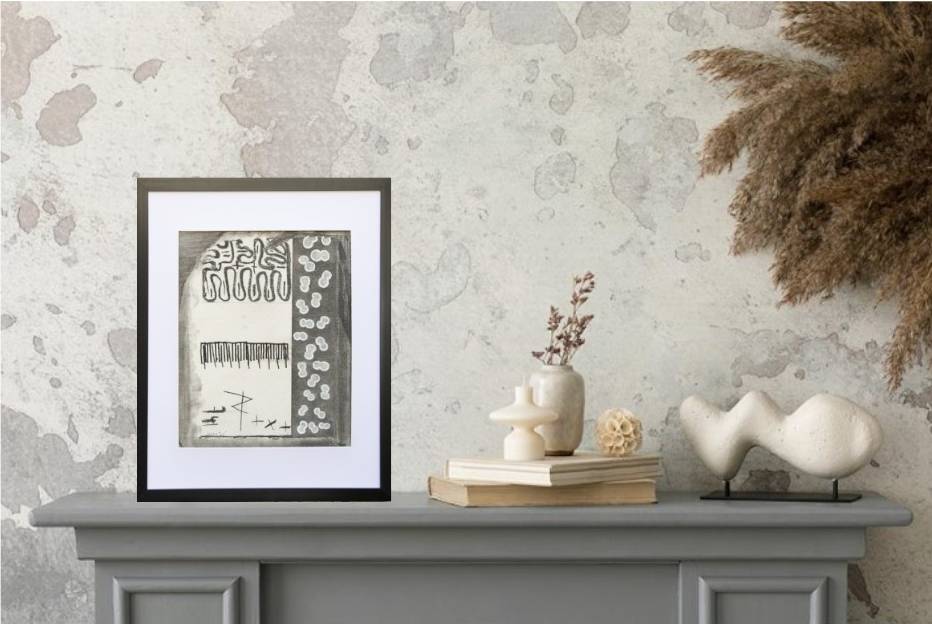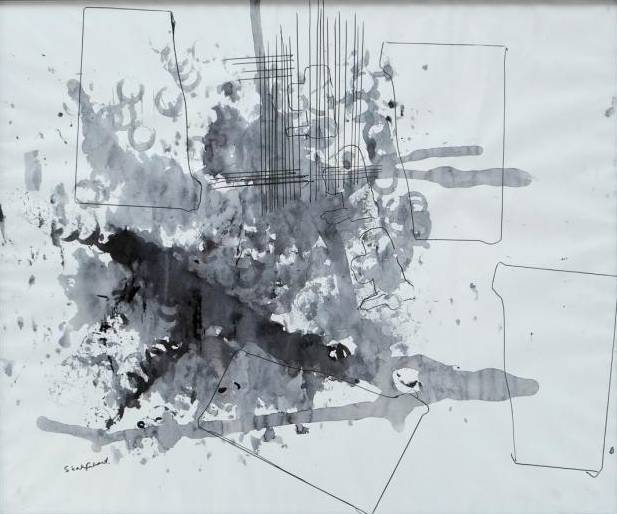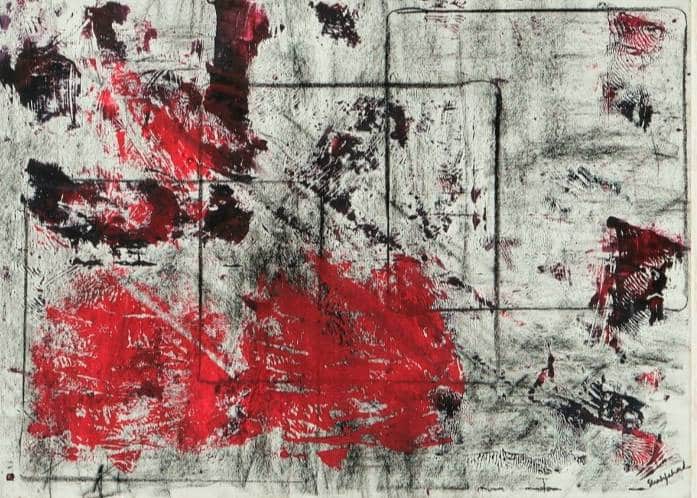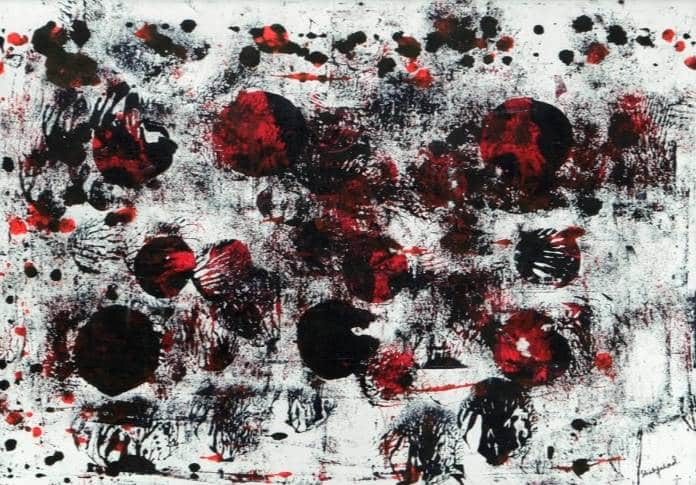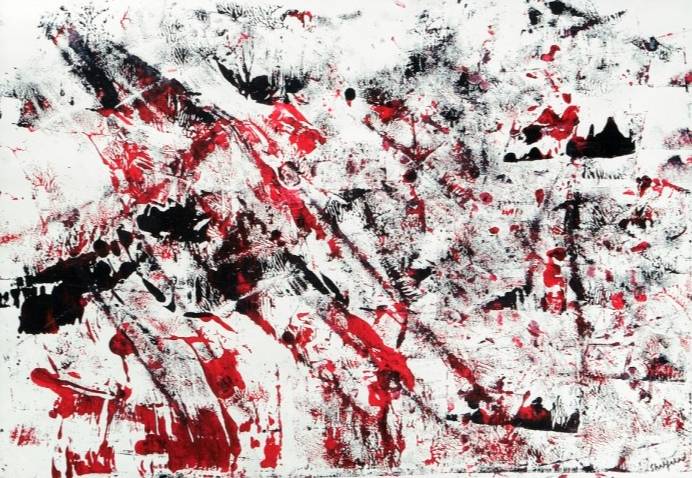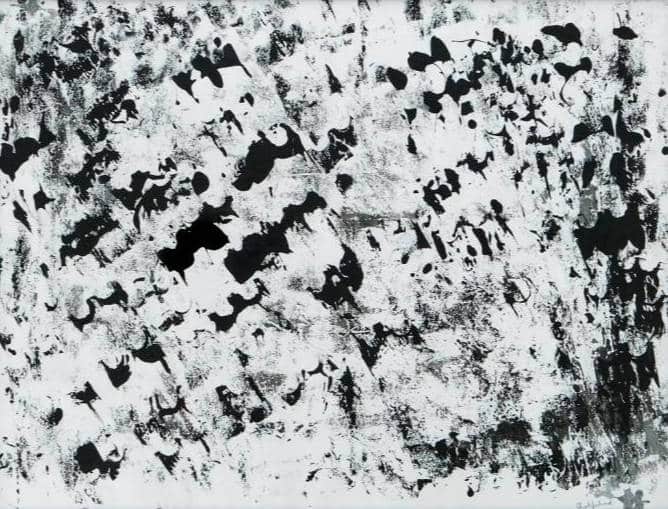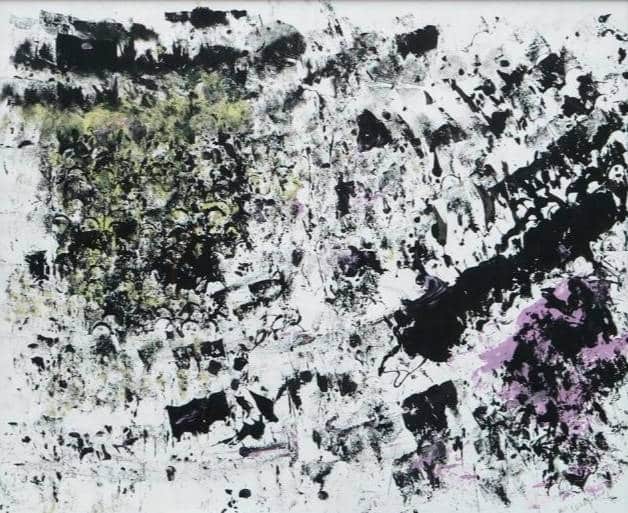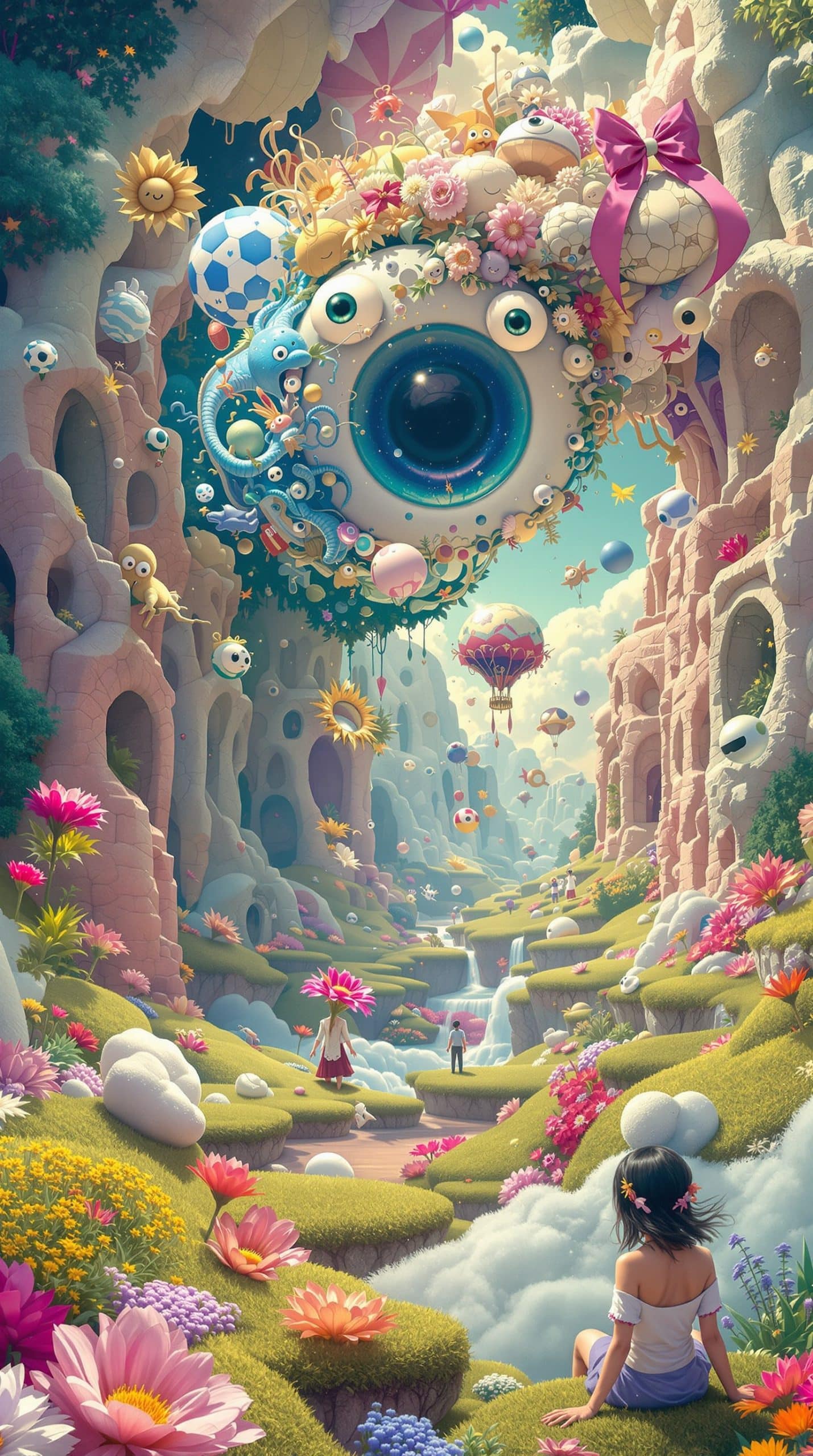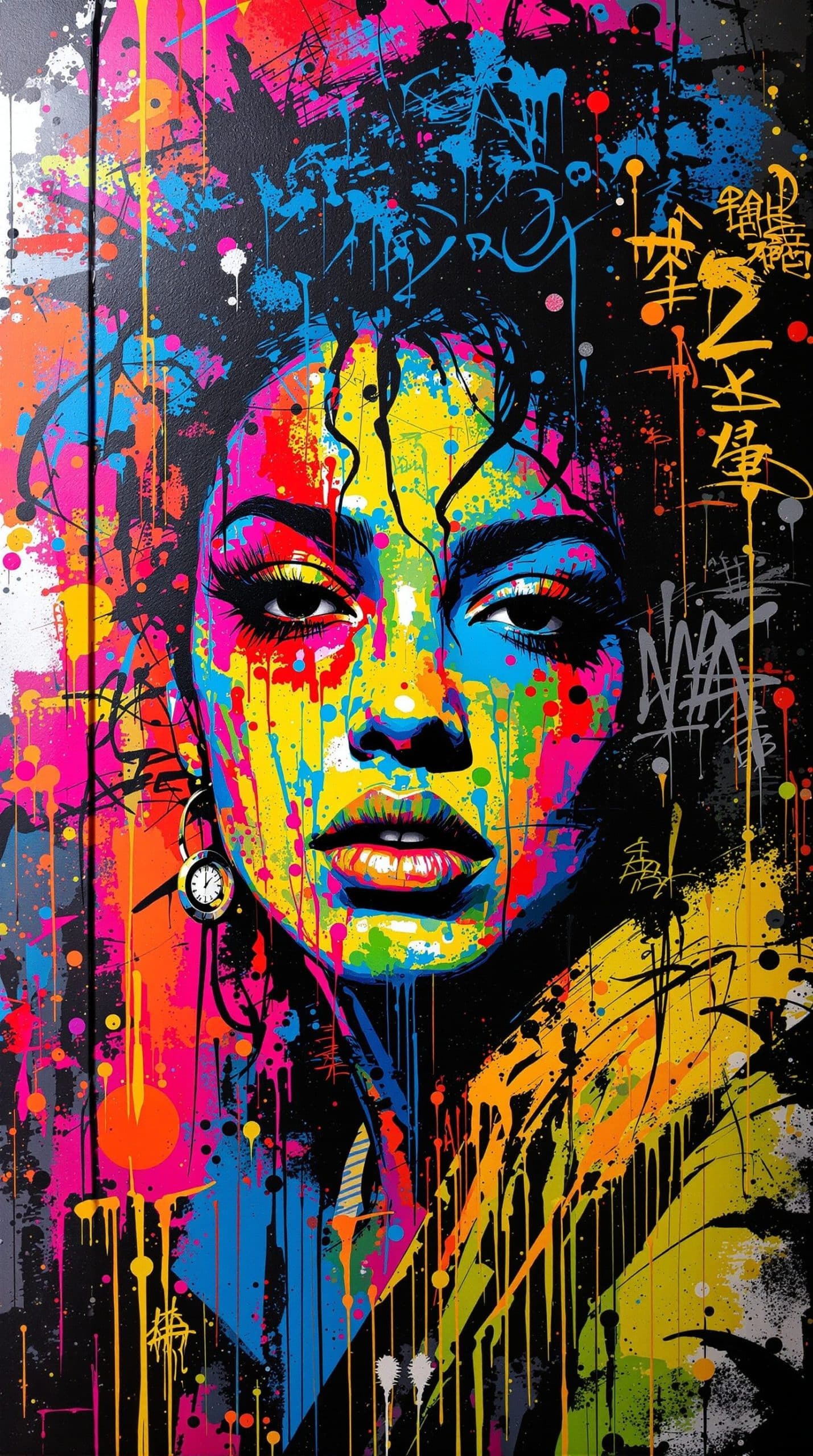Filters
Available Artwork
Artist By Country
Showing 1–24 of 97 results
Other styles of paintings you may like
Origins of Black Painting:
The colour black holds a powerful position in the world of art. Black was the first colour to be used in art by prehistoric artists. The artists used black charcoal and iron minerals in order to create a black pigment to paint on cave walls. These early artists used black not just to create outlines but also for shading, creating depth, and capturing the forms of animals and human figures in stunning detail on the cave walls. This steer, found in the Lascaux Caves in France, was painted over 17,000 years ago. However, it was discovered in 1940 by an 18-year-old French boy who was exploring the countryside nearby. Also, the 2000 old stone age drawings were painted in black which were found in the cave represent humans, abstract symbols and animals. Even in the medieval times the paintings of devils were painted in black as the word “Black”, ater in Latin is associated with cruelty and evil.
The black mud which became a symbol of Egypt, was called as “Black Earth”. The Eqyptians renowned for their mastery of colour, used darker tones as a sign of depicting sadness, as black represented death and the afterlife of the ancient Egyptians. It expressed immortality and resurrection and mostly used in funerary rituals. The Greeks too developed highly sophisticated technique for for painting black silhouettes on clay pottery and then inverted the technique to paint red figures on black backgrounds. These “red figure” and “black figure” vases were signed by their makers, making them the first signed pieces of art in history. Also, the Roman artists used various carbon blacks, including those derived from burnt ivory (ivory black) or vine clippings (vine black), known for their permanence and deep tones.
Through the Medieval and Renaissance periods, black continued its essential role. It provided powerful contrasts, defined forms, and created deep shadows, crucial for the dramatic effects seen in works by masters like Caravaggio and Rembrandt.
In the 20th century, the use of black paint significantly evolved through artists like the American, Frank Stella. He created his initial "Black Paintings" series in the late 1950s, showcasing his early talent by producing numerous monochromatic pieces where black was the primary colour. Also The Francisco Goya “Black paintings, which is the name given to a group of 14 paintings by Francisco Goya from the later years of his life, probably between 1820 and 1823. They portray intense, haunting themes, reflective of both his fear of insanity and his bleak outlook on humanity.
From the dark, mysterious depths of a prehistoric cave to the profound shadows of a Renaissance masterpiece, the origin of black in painting is a testament to humanity's enduring fascination with contrast, form, and the symbolic power of colour.









